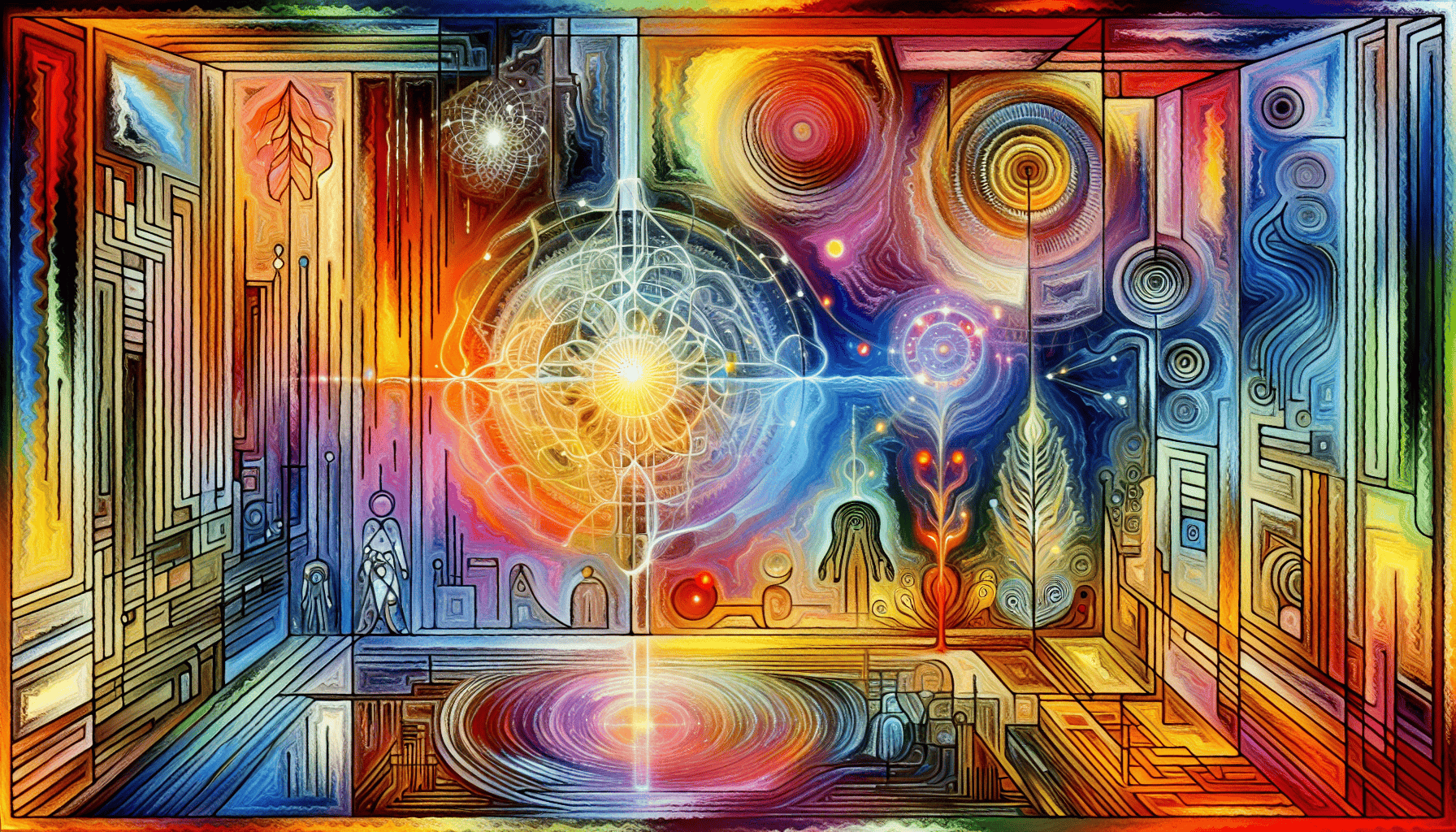In the vast tapestry of spiritual traditions, few narratives resonate as profoundly as that of Viracocha, the Andean god revered in Incan mythology. His Return symbolizes a confluence of ancient wisdom and contemporary spiritual frameworks, notably the Bahá’í teachings. This article endeavors to explore the intriguing metaphor of Viracocha’s Return through the lens of Bahá’í beliefs, illustrating the shared themes of unity, renewal, and transformative potential.
The Bahá’í Faith posits that throughout history, God has sent Messengers to guide humanity, each bringing revelations that build upon those of their predecessors. These Messengers, such as Bahá’u’lláh, the founder of the Bahá’í Faith, embody the essence of divine guidance, transforming the ethereal into the tangible. The metaphorical return of Viracocha parallels this concept, suggesting that he, much like the Bahá’í Messengers, represents a convergence of divine intention and human necessity.
Viracocha’s mythical sojourn reflects the spiritual journey of individuals in their pursuit of truth. Just as Viracocha traversed the vast Andean landscape to impart wisdom and create life, Bahá’ís are urged to embark on their own spiritual expeditions. This journey involves embracing the principles of unity and equity. The Return of Viracocha becomes an allegory for the reawakening of humanity to these ideals, inviting individuals to transcend their limitations and embrace a holistic vision of existence.
As the harbinger of civilization, Viracocha is often depicted as a benevolent figure who established order amidst chaos. This thematic resonance finds an echo in the Bahá’í teachings, particularly in the emphasis on social and moral order. The Return of Viracocha can therefore be perceived as an allegorical call to engage with the societal disparities that plague our world today. The Bahá’í principle of the oneness of humanity implores individuals to dismantle the barriers that segregate them from one another, fostering an environment of inclusion and love. This transformative archetype beckons individuals to rise above their self-imposed separations, echoing Viracocha’s essence of unity.
Moreover, an intriguing facet of this discussion is the notion of renewal inherent in both the depiction of Viracocha and the Bahá’í teachings. Viracocha is credited with the creation of the sun, moon, and stars, symbolizing not just creation but the cycle of rebirth and regeneration. Similarly, within the Bahá’í framework, the teachings of Bahá’u’lláh advocate for the renewal of humanity’s spiritual purpose. The Return of Viracocha serves as an emblem of this cyclical nature of existence—emphasizing that just as day follows night, so too does spiritual awakening follow periods of darkness.
The dynamic interplay between individual and collective accountability highlights a fundamental tenet within both the Viracocha narrative and the Bahá’í teachings. Each individual’s journey towards enlightenment is paralleled by a collective awakening essential for the advancement of society. The metaphor of Viracocha returns the agency of spiritual evolution into the hands of humanity, encouraging a collaborative effort towards a flourishing world. This stark reminds us of the Bahá’í belief in the importance of community, where collective efforts transcend individual aspirations and harness a shared vision.
Delving deeper into the essence of Viracocha, it becomes evident that he embodies a divine archetype of compassion and service. In the context of Bahá’í teachings, this reflects a profound spiritual directive: the imperative to serve humanity. The Return of Viracocha, therefore, can be interpreted as not merely awaiting a cosmic figure’s descent but cultivating the qualities that Viracocha espouses within ourselves. Hence, Bahá’ís are encouraged to engage actively in acts of service, illustrating love and dedication to the welfare of others.
In this light, the return is symbolic, beckoning each individual to embody the divine attributes necessary for a transformative societal shift. Service becomes an instrument of change, and through our actions, we unravel the strands of discrimination and injustice, echoing Viracocha’s desire for harmony and interconnectedness. It manifests an understanding that true spirituality often materializes in the arena of human interaction, where the power of compassion can ignite profound change.
The philosophical parallels extend beyond mere narrative. The concept of spiritual reflection plays a pivotal role in both the Bahá’í Faith and the mythology of Viracocha. Reflection necessitates both introspection and a broader comprehension of one’s role within the cosmic framework. Engaging in spiritual reflection encourages the exploration of personal truths that resonate with universal principles. The Return of Viracocha illustrates this need for contemplation as an essential tool for growth and understanding.
In synthesis, the Return of Viracocha, when viewed through the Bahá’í lens, emerges as a rich metaphor encapsulating the fundamental teachings of unity, renewal, compassion, and service. It transcends the dichotomy of myth and doctrine, inviting individuals to examine their spiritual responsibilities. Just as the Andes cradle the legacy of a once-great civilization, so too do the teachings of Bahá’u’lláh nurture the potential for humanity’s renewal. Thus, the spiritual landscape becomes a canvas upon which each individual paints their aspirations and actions, inspired by the returning spirits of unity and enlightenment.
As we navigate the complexities of existence, the message of Viracocha compels us to engage deeply in the intrinsic values of love and service. May the return of this ancient spirit inspire a collective awakening, ushering in an era of unity that harmonizes with the sacred teachings that guide Bahá’í believers worldwide.
